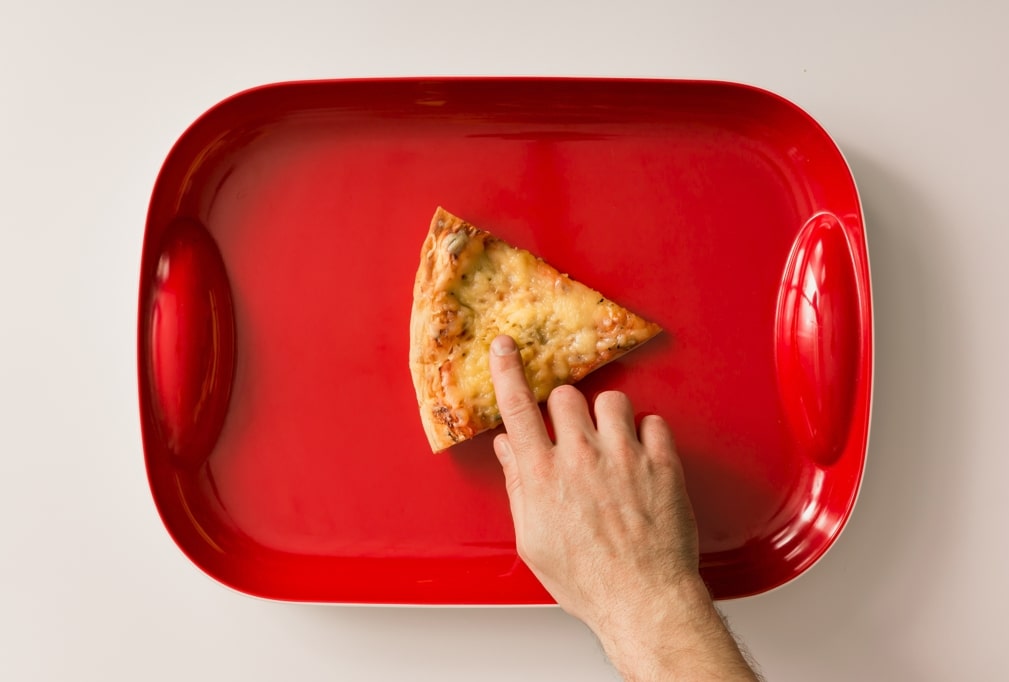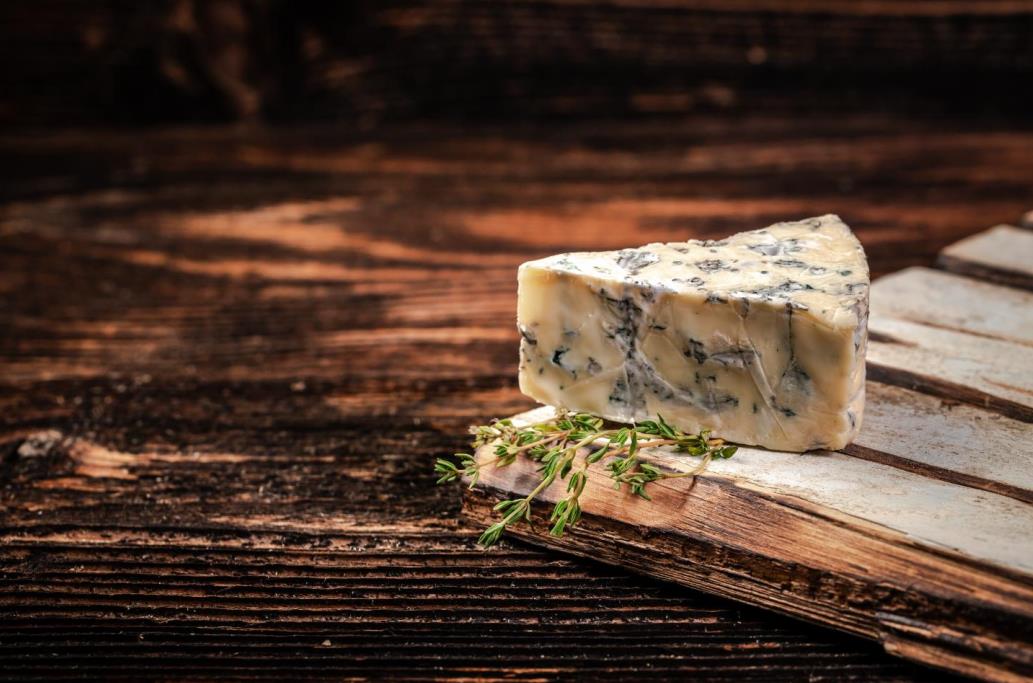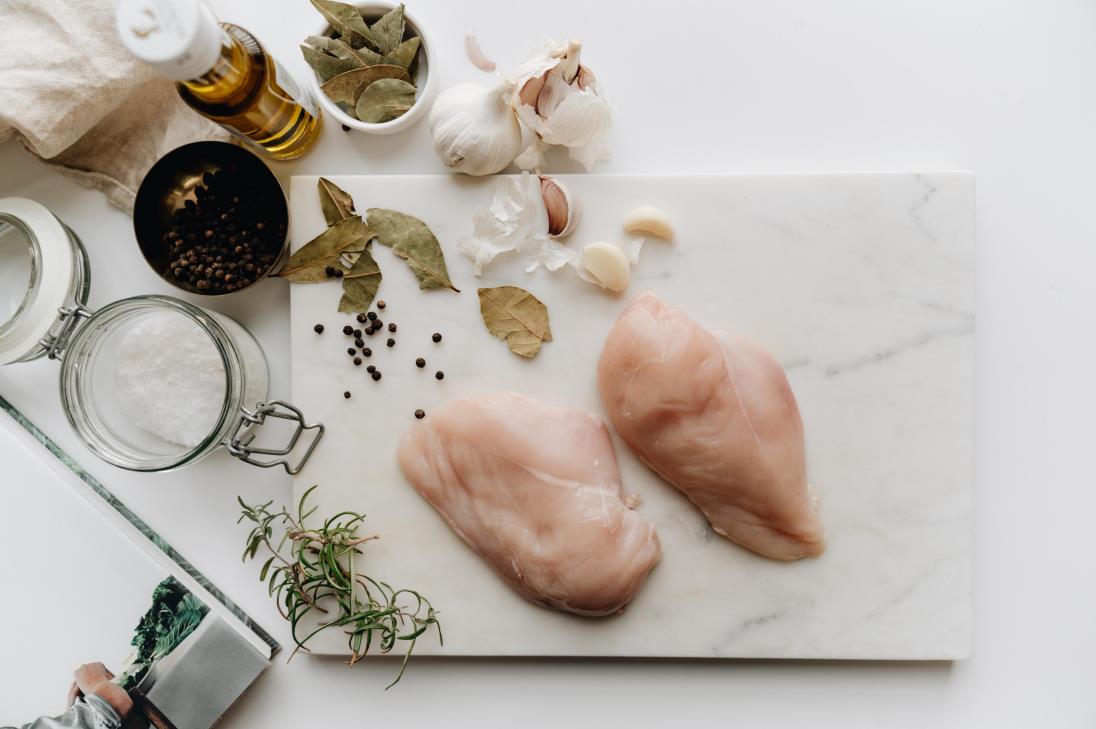When it comes to kitchen utensils, few items are more controversial than the cutting board. A trusty chopping board will help to prepare all kinds of meals and is a must-have for serious chefs. However, it has been the subject of fierce debate in recent times. Many are unsure if wood is a suitable surface for preparing food. So, are wood cutting boards safe, or should you opt for plastic instead?
Wood cutting boards are safe. Wood is naturally porous but is no riskier than any other material. In fact, some woods are known to have antibacterial properties. This is because a wooden board can pull bacteria into its fibers and then kill them off.
Softwood boards are a bit riskier than hardwoods because your knife is more likely to damage them and open up crevices where bacteria can hide.
One thing is certain: there is no universal agreement on the best cutting board material. Every type of cutting board can be safe and effective with proper care and cleaning. We hope to present a balanced argument for wood, plastic, and glass cutting boards so you will know the strengths and weaknesses of each.
Table of contents
Are wood cutting boards safe?
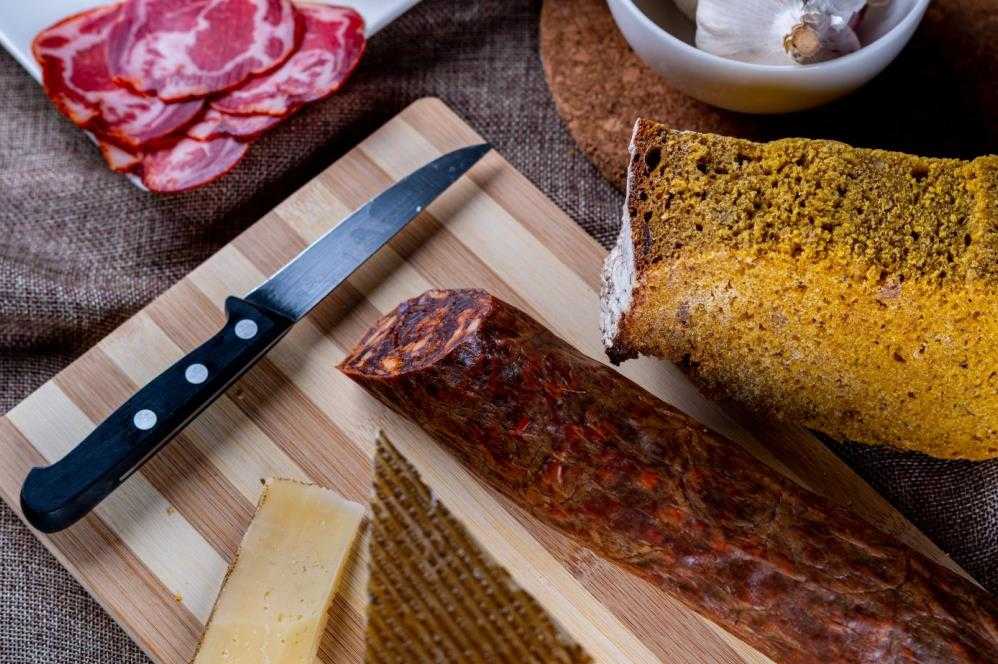
Wood is a natural material that contains pores. This means that moisture and bacteria can get inside the wood’s structure. Therefore, you may think that wooden cutting boards are ideal breeding grounds for microorganisms and so completely unsafe for kitchen use.
This is not true. While bacteria can enter the structure of the wood, the pores are very small. Hence, once there, colonies of bacteria cannot multiply and spread across the board, so they eventually die out. What about bacteria that remain on the cutting surface? Well, as long as you clean the board properly, they will die too, so your wooden board will be completely sanitized.
Hardwood cutting boards (e.g. oak or walnut) are safer than softwood models. The more you chop on softwood surfaces, the bigger the chance of grooves forming. Unlike small pores, visible cracks are a perfect home for harmful bacteria. Unfortunately, it is very difficult to clean such cracks properly. Bacteria lingering in grooves may contaminate food even after you have cleaned the board. In this scenario, a wood cutting board is a potential health risk.
There is another thing to be careful of; warping. Knives are not the only things that can damage your cutting board. As we will explain later on, there are sensible ways to clean and care for a wood cutting board. Poor maintenance can crack the board and leave it vulnerable to contamination. Knowing when to replace a wooden chopping board is essential for safety.
Wood cutting board: pros & cons
Wood cutting boards are popular for many reasons, but they’re not completely faultless…
Pros
- Appearance: This is a matter of taste, yet, nobody can deny the beauty of a wood pattern. The natural contours on a wood cutting board look fantastic in any kitchen. The gorgeous blend of colors will add life to your worktop. What’s more, there are plenty of species to choose from. Oak cutting boards offer lovely bright shades. Or, if you’d prefer a darker and richer appearance, mahogany is perfect.
- Stability: Wood cutting boards are quite heavy and sturdy. This means they will not move around when you cut on them, unlike other types of chopping boards. This is a bonus in terms of convenience and safety.
- Hygiene: Contrary to what you may have heard, wood cutting boards can be perfectly hygienic. Some woods are much better at killing bacteria than other materials. As long as you clean the board thoroughly after use, there is little to worry about.
- Good for your knives: Wood cutting boards are quite soft (even hardwoods!) and somewhat flexible. When your knife blade hits the board, the wood absorbs most of the impact’s energy. This is good news because the blade will retain its sharpness for longer. If you use your knife on a harder cutting board, it will wear down quickly.
- Long lifespan: Wood chopping boards are great because even when grooves do appear, the board can be restored. All you need to do is sand the cutting surface down until you flatten all the grooves. The amount of sanding depends on how depth of the grooves. After this, the board will be like new.
Cons
- Size: The size and weight of a wood cutting board help keep it steady. Equally, such a big and heavy cutting board is awkward to handle. It might not fit into your sink and you might have trouble finding a place to dry it. In some smaller kitchens, there won’t be enough counter space for large wood cutting boards.
- Price: There are cheap wood cutting boards on the market, but those will probably not last very long. Anyone who wants a truly beautiful and solid wood chopping board in their kitchen can expect to pay close to $100 or more.
- Cleaning options: You have to be careful when cleaning wood cutting boards. They are not dishwasher safe, so you must wash them by hand.
Best handmade knife for you
True cutting power in the palm of your hand
How to clean a wood cutting board

Basic cleaning
You should ideally clean the board very soon after using it, especially after cutting raw meats. For food like bread and cakes, it may be unnecessary to wash the board; all you need to do is wipe the crumbs off and it will be clean enough.
- If you find food particles stuck to the board, you can remove them with baking soda and water. Sprinkle a small amount of powder and a few drops of water to form a paste. With a paper towel or sponge, rub the paste into the areas with tough stains until they disappear.
- Using hot water from your kettle or tap, rinse the entire board so that all sides and edges are soaking wet.
- Next, with a clean sponge and some dish soap, scrub the entire surface area of the board firmly. If your sponge is dirty, you will spread new unwanted bacteria across the board’s surface. Wash the soap off the board with more hot water.
- At this point, the board should be totally clean ― all that’s left to do is dry it. The best method is to gently wipe the board with a towel. Once you’ve done this, the wood will not be soaking wet, though still damp. Hence, you should rest it on its side and leave it to air-dry.
Disinfection
Thorough cleaning will be enough to keep your wood board sanitary for a long time. However, after lots of use, some cooks like to take extra measures to ensure that the chopping board is germ-free. Occasional disinfection will complement the basic cleaning routine and give you peace of mind that the wood is completely safe.
One substance that will disinfect the board is a diluted bleach solution. Mix a few drops of bleach into a gallon of water and add this to a spray bottle. If the solution is too concentrated it may harm the structure of the wood. Spray the whole board with the solution and wait for it to dry. Afterward, you should wash the board as described above with warm soapy water.
Alternatively, if you can find some, hydrogen peroxide can do the same job. Spray a small amount across the board and wait until it dries. Then wash the board with dish soap and hot water.
There are other steps you can take to keep a wood board in top condition. For example, using a vinegar solution, you can get rid of bad smells. It is also advised to wax and oil the wood occasionally to keep the board hydrated and more resistant to bacteria. We covered these topics in detail in our other blog post.
How do wood cutting boards compare to other materials?
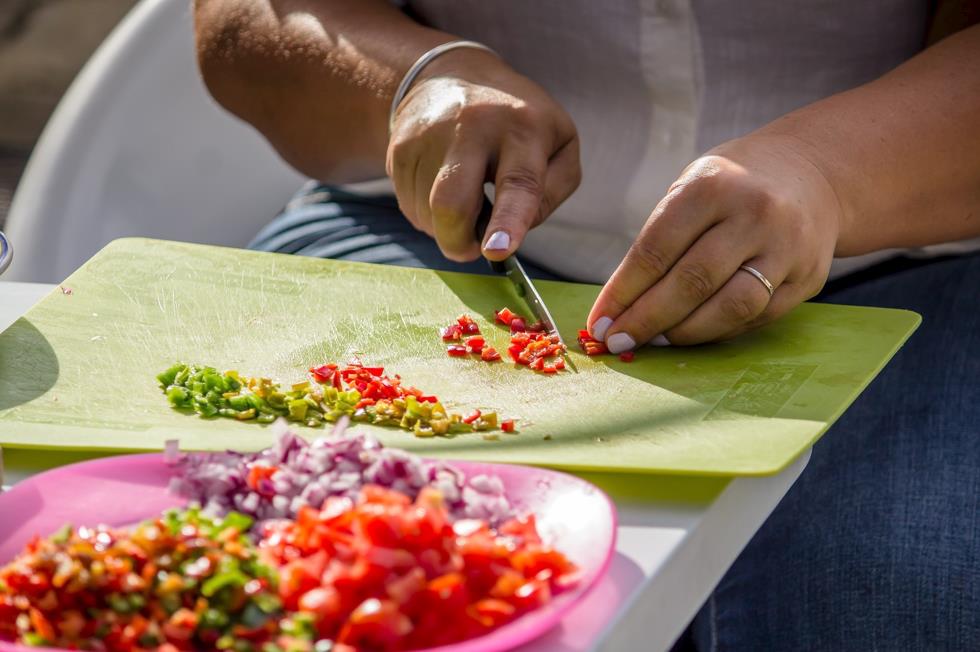
Plastic
The other main cutting board material is plastic. The most common type of plastic used to make cutting boards is HDPE (High Density Polyethylene). One similarity between HDPE and wood is that neither will blunt your knife edge excessively.
Plastic cutting boards have some clear advantages over wood: they are light, convenient to store/wash, and relatively inexpensive.
On the other hand, you should know that plastic chopping boards have several flaws as well. Firstly, scratches and grooves can appear on these cutting surfaces too. As you know, such crevices can house bacteria. While wood cutting boards can be restored to remove scratches, the only option for a plastic board is to replace it.
When your knife scratches a plastic cutting board, it may release small plastic particles that will contaminate your food. Finally, plastic is not as sustainable as wood and will take a long time to decompose when you throw it away.
Glass
Like a wood cutting board, a glass version is a stunning piece of equipment for your kitchen with its slick and shiny appearance. It’s almost impossible for glass surface to develop crevices, so you don’t need to worry about bacteria hiding in the board. The smooth surface is very easy to clean and dry that requires no maintenance.
Sadly, the strength of glass is also a big weakness. The fact that it’s so hard means that your knives will wear down very fast. Although glass boards need no special care, you have to be extra careful to keep your knives sharp.
These were just a couple of choices. For a detailed discussion of the many cutting board materials, you can refer to our guide here.
Which cutting board should you get?
Wood and plastic are popular materials for good reasons. If you clean them well, they are perfectly safe for preparing food. Beginner chefs with smaller budgets can try a plastic cutting board first. Once your cooking skills improve, it is worth spending the extra money on a more solid wooden board. Actually, there is nothing wrong with owning both and using them to cut separate ingredients.
The biggest advantage of wood or plastic is that it preserves delicate knife edges. If you are looking for a beautiful handmade kitchen knife, our store has you covered.








